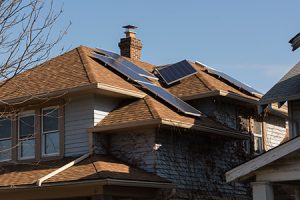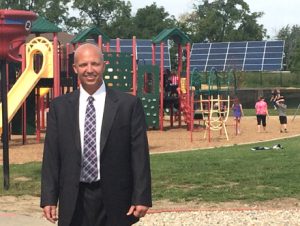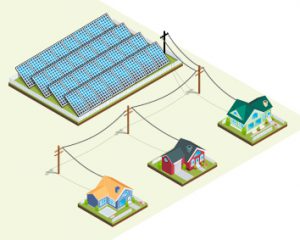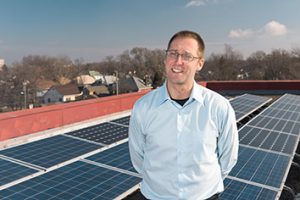Big utilities try to tilt solar energy market in their favor
On Thursday, Indiana legislators will begin debating a proposed law that could eventually eliminate much of the financial benefit Indiana homeowners, businesses and even some churches currently reap harvesting the sun's rays.





